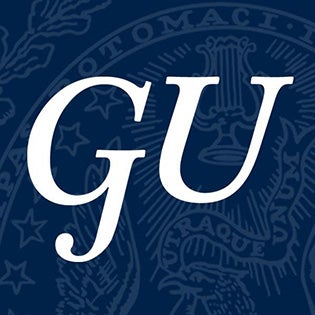DISSERTATION DEFENSE: ALLISON CARAS

Posted in Events | Tagged dissertation defense
“WHY ARE THESE UNDERLINED?” DEPTH OF PROCESSING AND TYPE OF WRITTEN CORRECTIVE FEEDBACK IN L2 SPANISH COMPOSITIONS
There is an ongoing debate as to whether written corrective feedback (WCF) is effective for the improvement of adult second language (L2) writers’ accuracy. Ever since Truscott (1996, 1999) began arguing against grammar correction in L2 writing courses, researchers have challenged his position (i.e. below). Although most of these studies show WCF to be effective, results are mixed about which type is most favorable. Researchers have investigated unfocused (the provision of feedback on any type of error) versus focused (the provision of feedback on a few linguistic targets), i.e. Ellis, Sheen, Murakami, and Takashima (2008), in addition to direct (via crossing out and the provision of the correction), i.e. Bitchener (2008), metalinguistic (via codes and the provision of a key to decipher their meaning), i.e. Ferris, Liu, Sinha, and Senna (2013), and indirect (via indicating the location of the error) WCF, i.e. Bitchener and Knoch (2010b). Furthermore, there is a dearth of empirical evidence that can provide how L2 writers process WCF given that studies typically employ data collection procedures that do not provide concurrent information on processing.
To this end, the current study attempted to address these gaps, namely, how Beginning L2 Spanish learners process WCF during the revision stage of a composition. Think aloud (TA) protocols were employed. Participants were randomly assigned to one of three experimental conditions (direct, metalinguistic, indirect) or the control condition. They revised their compositions twice: once with the respective WCF (Draft 2) and once with the original composition (Draft 3). Accuracy was measured via scores for the production of ser versus estar and the preterit versus imperfect. These scores were submitted to repeated measures ANOVAs to locate potential differences within and between groups regarding type of WCF.
Results revealed that participants processed at high, medium, and low levels in the direct and metalinguistic WCF groups while the indirect WCF participants processed at low and medium levels. Type of WCF had no differential effect on accuracy scores over time.
Monday, June 5, 2017 at 2:00pm to 4:00pm
Healy Hall, 103, 37th and O St., N.W., Washington
